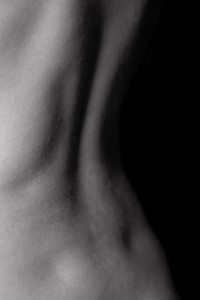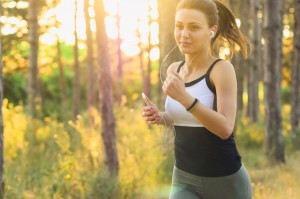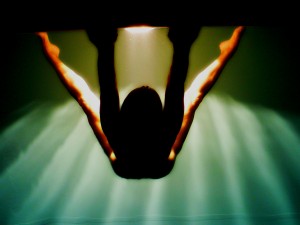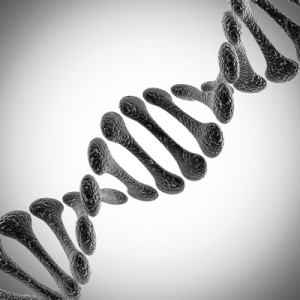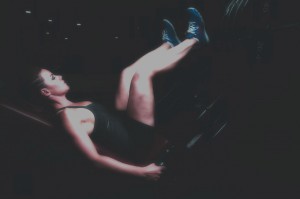Shin splints definition
Shin splints are an overuse injury of the origin of the tibialis posterior muscles. There is micro-bleeding at the junction between the bone cover (periosteum) and muscle origin. Our posture before we begin exercising is a springboard to encourage healing. Optimising our posture supports the return from rest to exercise. Then you can establish shin splints recovery. You can supply the missing link between the initial healing stages of an injury like shin splints, normal (or even improved) function and performance. Find out more.
What causes shin splints?
Excessive running with faulty alignment in the lower leg is the most common cause. Shin splints, also known as medial tibial stress syndrome (MTSS), are an overuse injury.
Symptoms of shin splints i.e. what you notice
- Pain – usually on the inside of the shin bone (tibia) extending over a length of 10-20cm. The pain usually comes on gradually and is worse with running.
- If the pain is a focal pain (i.e. all the pain is over a 1-2cm area) then it is possible you have a stress fracture, rather than periostitis.
- Compartment syndrome is when the pain is concentrated in the muscles rather than the bone-muscle junction.
Shin splints
For shin pain not shin splints it’s a good idea to attend a consultation and find out if shin splints treatment can work for you.
Investigations required to confirm shin splints
Usually none are required. If a stress fracture is suspected, then an x-ray may confirm this if symptoms have been present for longer than a month. Otherwise, a bone scan or CT scan is needed. Compartment pressure studies can help confirm a diagnosis of compartment syndrome. Compartment syndrome occurs when injury causes generalised painful swelling and increased pressure within a compartment. This is up to the point that blood cannot supply the muscles and nerves with oxygen and nutrients.
Immediate Treatment
- First aid – an ice pack or ice massage can be helpful after painful activity.
- Mechanical correction of over-pronating feet is essential. A podiatry referral may be recommended but this depends on the individual.
- Osteopathy, including myofascial release and a muscle rehabilitation problem
- Surgery is only required for confirmed compartment syndrome or very severe cases of periostitis lasting many months.
Recovery time
Average recovery time is 2-4 weeks for periostitis, 6-8 weeks for stress fracture and several months for compartment syndrome.
Avoiding reoccurrence is key.
Recovery sequence, treatment and with osteopathy with Susannah
- Step 1 Ice packs and osteopathic treatment to correct posture as there will be an overuse mauscle pattern throughout the spine, pelvis and hips as well
- Step 2 Myofascial release and foot and ankle mobilisation to change movement pattern and aid muscle rehabilitation.
- Step 3 Continue swimming and cycling, and only restart running, they say after at least two weeks when symptoms have settled but it varies from individual body to body. Starting on grass initially is a good idea.
- Step 4 Dynamic posture training to enhance running routine and prevent recurrence of injury
See what products I recommend for at home care by getting in touch.
Every individual body will benefit to the maximum when they are advised based on their health history and how shin splints present. Likewise footwear and running shoes.

